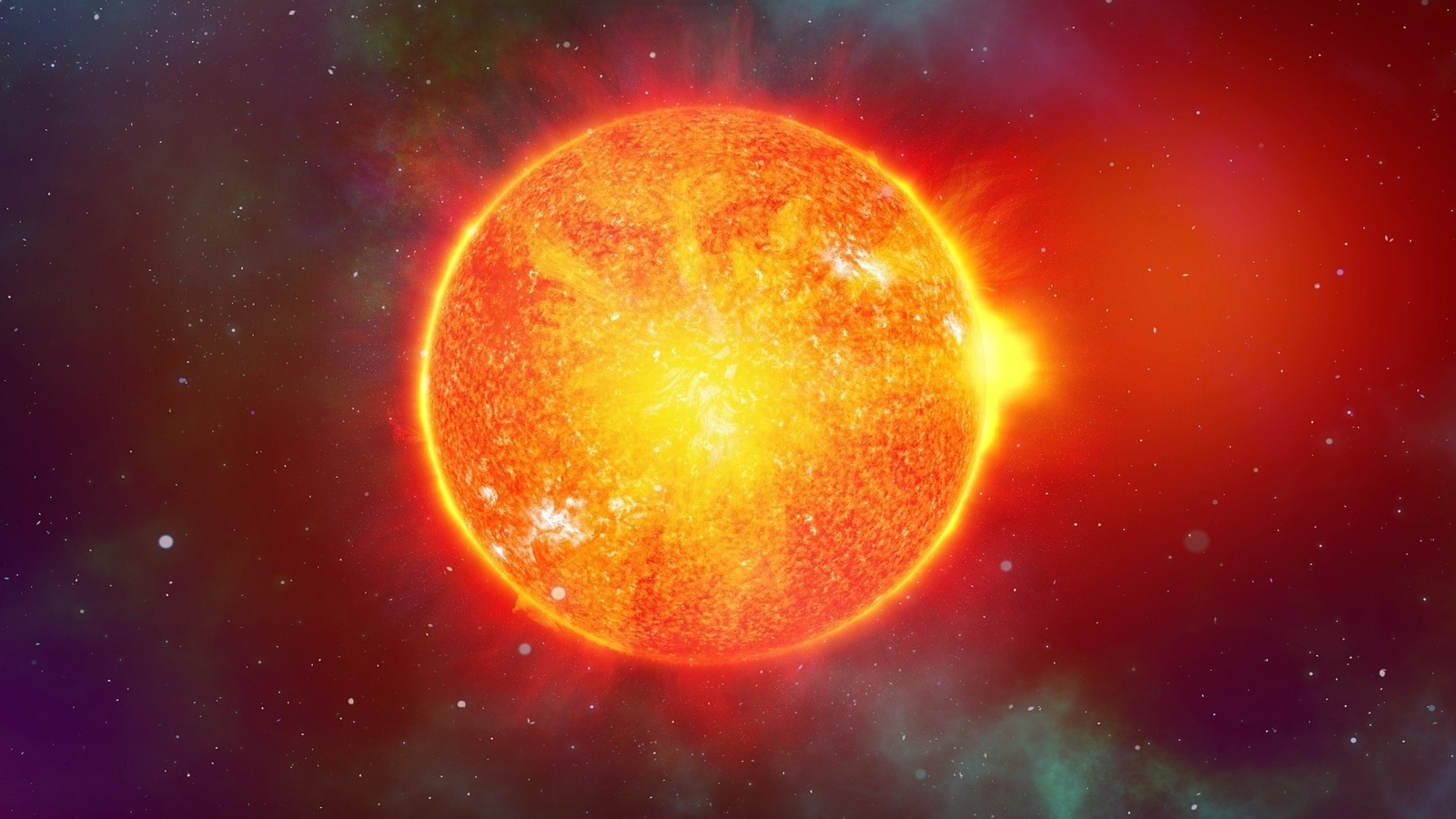Another solar storm coming as average sunspot in February breaks 10 year record, says NOAA
As a result of Earth-directed CME, a solar storm is expected to hit our planet between March 4 and 5. This comes after NOAA revealed that the average number of sunspots observed in February has broken a 10 year record.






 View all Images
View all ImagesAfter the M8.6 class solar flare erupted on the Sun on February 28, the National Oceanic and Atmospheric Administration (NOAA) issued a solar storm warning. The warning came after a huge coronal mass ejection (CME) cloud was seen escaping from the solar surface. This solar storm is expected to reach the Earth this weekend, between March 4 and 5, and is likely to deliver glancing blows to our planet. Concerningly, the solar onslaught is expected to rise after data from NOAA revealed that the average number of sunspots observed in the month of February has broken a 10 year record.
The information around the development comes from a report by SpaceWeather.com which stated, “Minor G1-class geomagnetic storms are possible on March 4th and 5th in response to an incoming CME. Hurled into space by the M8.6-class flare of Feb. 28th, the CME is not heading directly for Earth. Instead it will deliver only a glancing blow when it arrives”.
Solar storm threat intensifies as sunspot record breaks
The solar activity in the Solar Cycle 25 has been increasing steadily. Earlier predictions claimed that the peak of this solar cycle will be comparable to the previous one, which was considered mild as per historic performance. However, ever since the beginning of 2023, the average sunspot numbers have been extremely high. January broke a 9 year record while February has broken a 10 year record. In fact, data suggests that the Solar Cycle 25 has been outperforming projections 24 months in a row.
This is a major concern since the peak of this solar cycle is not expected to arrive before the end of 2024 or the first half of 2025. This means there is a lot of time for the Sun to increase the intensity of solar activity. This would mean more frequent X-class solar flare eruptions and solar storms that cross the G3-class threshold.
Solar storms in the G4 and G5 category can do an unimaginable amount of damage to our infrastructure. A powerful solar storm can potentially damage satellites, break down mobile networks and internet services, cause power grid failures and corrupt sensitive ground-based electronics such as pacemakers and ventilators.
For now, NOAA continues to monitor the solar activity and assess whether the Sun can go berserk in the next two years or not.
Catch all the Latest Tech News, Mobile News, Laptop News, Gaming news, Wearables News , How To News, also keep up with us on Whatsapp channel,Twitter, Facebook, Google News, and Instagram. For our latest videos, subscribe to our YouTube channel.





























